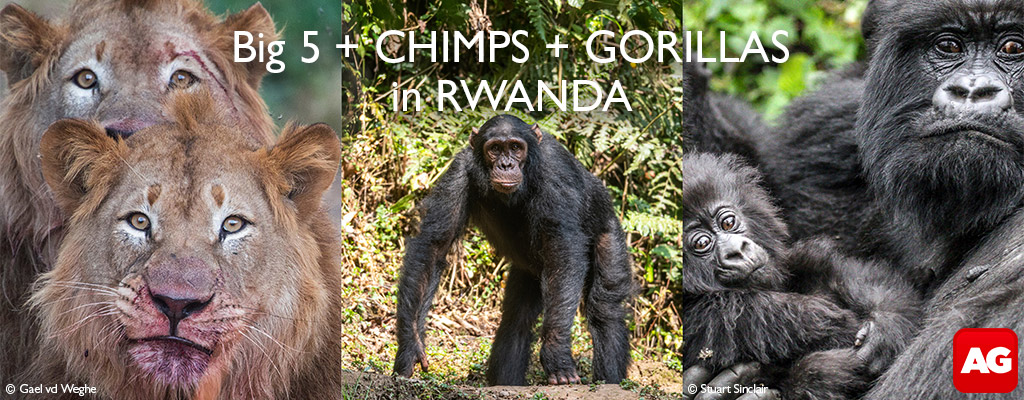A Tusker is a bull elephant with tusks that each weigh over 100 pounds (45 kilograms) and are so long that they often touch the ground. There are fewer than 100 tuskers estimated to be left across Africa, so when the David Sheldrick Wildlife Trust and KWS Mobile Veterinary Unit successfully treated three injured elephants in a 36-hour period last week – they were, in fact, arguably saving 3% of the tusker population.

Our aerial surveillance pilot spotted the first elephant on a routine afternoon aerial patrol with a huge poison arrow wound on his side. With nightfall fast approaching, our aerial team coordinated with our mobile veterinary unit to treat the tusker the next morning. The next day our pilot was airborne and searching for the injured tusker.


With elephants roaming up to 80km a day, the race was on to find him before the poison could enter his bloodstream, leading to an agonising and slow death. But whilst in the air, our pilot spotted a two further massive bulls, each hit with poisoned arrows. Noting their GPS position, our teams now had three tuskers to treat, all in thick bush.
The first in line for treatment was the third bull that had been spotted. Heading out to where he had been sighted, our DSWT/KWS Vet Unit led by Dr Poghorn and our nearby Anti-Poaching Team soon found him, darted him and set to work to remove the bull’s poisoned and dead flesh.


After a swift operation, the bull was up on his feet, and the team moved to treat the second bull who had moved into the open. A well-aimed dart by Dr Poghorn caused the bull to go down, and another quick operation saw Dr Poghon remove a bent poisoned arrow from the large wound. Soon the bull was assisted to his feet and on his way.

The three tuskers were attacked with poisoned arrows, which can slowly kill an elephant depending on the freshness of the poison, the location of the arrow and how deeply it penetrates.

All three are expected to recover fully thanks to rapid treatment, but spotting injured animals early is key and locating any animal in the vastness of the Kenyan bush is the first hurdle.
ALSO READ: Where the giant elephants still roam
To comment on this story: Login (or sign up) to our app here - it's a troll-free safe place 🙂.![]()








